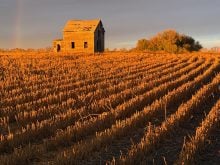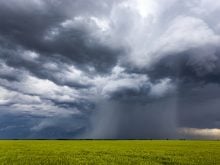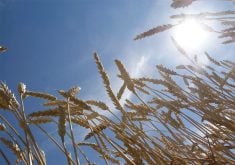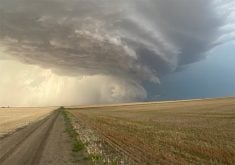It’s time to talk about fall frost and the length of this year’s frost-free season.
Data for major centres shows a number of locations came close to frost on Sept. 12, and I found 10 to 15 locations did report a light frost on that morning, including my own weather station.
The first question I am usually asked about fall frost is about dates for the first frost in different areas of agricultural Manitoba. To analyze this, we must determine how frost is measured or recorded.
The typical measurement is when the temperature falls below 0 C. We know frost can occur even when the thermometer shows temperatures above the freezing mark. In fact, research has shown ground-level frost can occur at readings even as high as 5 C. This occurs more often in spring, before the ground has warmed.
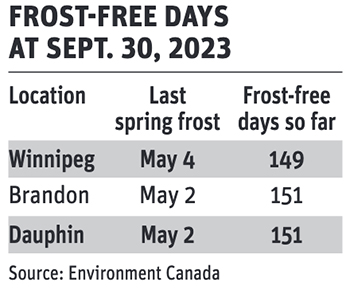
The difference between measured air temperature and actual temperature at ground level depends on location of the thermometer. Most record air temperature several feet above the ground and may not accurately reflect actual ground temperature. Also, the amount of vegetation nearby can trap heat radiating from the ground, giving a false reading.
A frost with temperatures near freezing may not severely damage or kill a crop. It often takes temperatures colder than -2 C to be deemed a killing frost.
Let’s look at a few different temperatures, namely: 2 C, 0 C, and -2 C, to determine when we may expect the first fall frost. The data for several sites around southern Manitoba are the average dates on which these temperatures may be anticipated.
None of the three main reporting stations (Winnipeg, Brandon, Dauphin) report a sub-zero temperature so far this year, so I guess we are a little later than usual for the first fall frost.
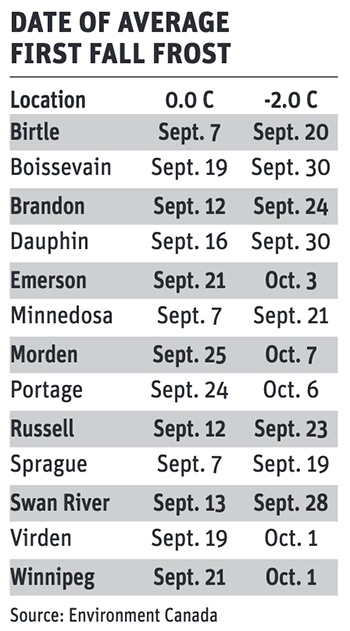
To get the length of this year’s frost-free season, we use the date of the first fall frost and the date of the last spring frost.
The current weather forecast does not indicate temperatures near freezing between the time of writing and the end of the month, so I will use the date of Sept. 30 to calculate the frost-free season.
Long-term data for these locations shows the frost-free season is usually 115 to 125 days. So far this year, we are well beyond that. In fact, with such an early last spring frost and now a fairly late first fall frost, we are approaching record territory in some regions.
Winnipeg’s longest frost-free season is 157 days, in 1963, so a record will be set if it remains frost free until Oct. 9.
Daniel Bezte is a teacher by profession with a BA in geography, specializing in climatology, from the University of Winnipeg. He operates a computerized weather station near Birds Hill Park, Man. Contact him at dmgbezte@gmail.com.




